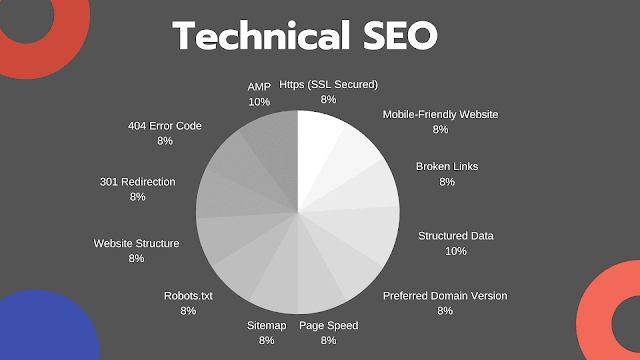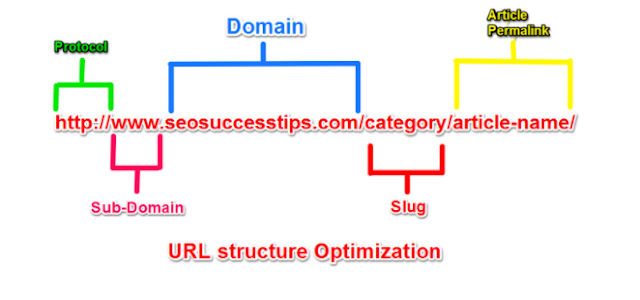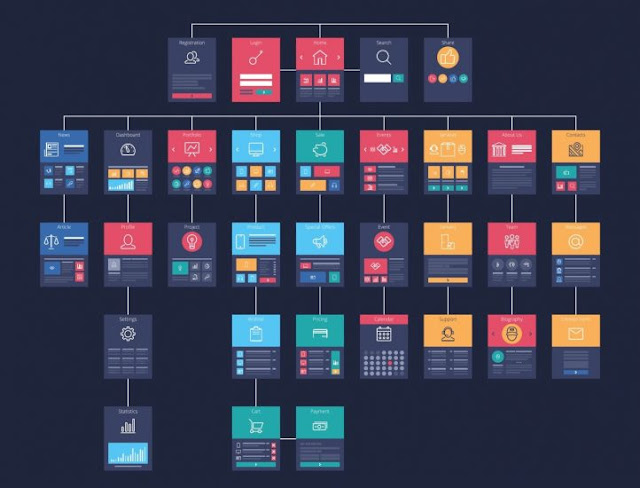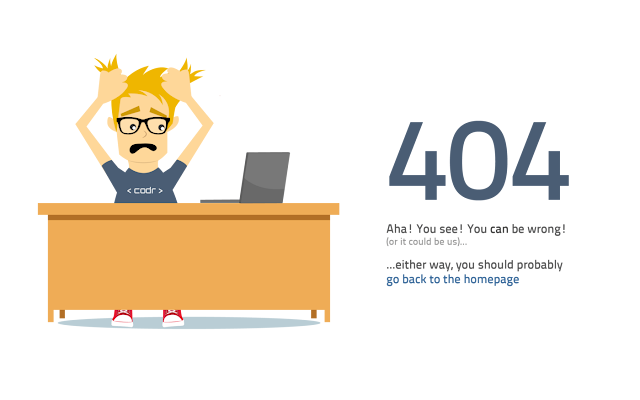Search engines can easily crawl and index your content with the help of technical SEO. To improve your site, use our technical SEO checklist.
Technical SEO is essential in the SEO process. However, if you're having problems
As a result, you must know what technical SEO is and how to do it correctly.
You will not be required to deal with it again once you've completed a technical SEO assessment of your website and fixed any potential issues.
You'll discover what technical SEO is, what best practices to follow, and how to conduct a technical assessment of your website following the checklist in this post for technical SEO.
Technical SEO:
The procedure for making your website crawlable and indexable is technical SEO. With technical SEO, you can ensure that search engines can easily access, crawl, understand, and index your website.
It's referred to as "technical" because it has nothing to do with the website's actual content or advertising. Instead, the main objective of technical SEO is to improve a website's infrastructure.
SEO:
Making definite that search engines can easily access and index your website
Having high-quality information that corresponds to the searcher's purpose
Giving search engine crawlers the information they need to comprehend your website's structure
Assisting search engine spiders in understanding your content's significance (context).
Providing reasons for search engine algorithms to trust your website and rank it higher than other websites.
How to implement In-Depth Technical SEO
Preferred Domain:
It would be best to choose your chosen domain when creating your website or blog. By doing so, you're telling search engines whatever variant of the domain you wish to use for the rest of your website's existence.
A website may be accessed with and without the www in front of the domain name by default.
For example, if your domain URL is www.xyz.com, your website may be found at http://www.xyz.com and http://xyz.com (i.e., without the www).
While this is OK for consumers, it is perplexing for search engines, who consider these two separate websites.
This might result in indexing troubles, duplicate content concerns, and a loss of page rank.
You must select your preferred domain and notify search engines of your decision to resolve this issue.
In Google Search Console, there was a choice to designate your favourite domain; however, Google chose to eliminate it in favour of canonical URLs.
Optimize Robots.Txt:
Robots.txt is a text file in your website's root directory that tells search engines which pages of your site they may crawl and index.
This file's format is quite basic, and you won't have to make any modifications to it in the vast majority of situations.
Optimize URL Structure:
The revision of your website's URL structure is the next step on your technical SEO audit checklist. The format of your URLs is referred to as URL structure.
The following are recommended SEO strategies for URLs:
Lowercase letters should be used.
To separate words in a URL, use the - symbol.
Make the descriptive parts brief.
Avoid utilizing letters or phrases that aren't essential.
Without keyword stuffing, use your target keywords in the URL.
The only thing you'll have to do when publishing fresh material is to optimize your URLs once you've defined your permanent link structure format.
If you're utilizing WordPress as your content management system, you'll notice that WordPress automatically generates the URL from the title when you make a new post.
The URL created by WordPress will be http://www.xyz.com/10-technical-seo-best-practices-for-beginners if your article title is "10 Technical SEO Best Practices For Beginners."
Navigation And Website Structure:
For various reasons, the structure of a website is an essential SEO component.
Users are more likely to remain on a website longer and discover what they're looking for more quickly, and search engines can better comprehend and crawl a website.
Many web admins mistake forgetting about navigation and site structure in their efforts to optimize their websites for conversions, and as a result, their SEO suffers from damages.
One common approach is to conceal user archive pages and group all material into a single category.
Archive pages and numerous category pages were often believed to be harmful SEO practices. However, this is no longer the case.
When assessing a page, Google considers the website's general structure, which is something that should not be neglected.
Of course, if you want to reap any benefits, your category pages should be optimized.
A well-defined structure also helps webmasters pinpoint to Google the essential material of a website, as stated by Google (To see screenshot below from their recommendations), which will considerably aid in pushing the pages that truly matter higher in results.
Add Breadcrumb Menus:
A breadcrumb menu has two purposes: it allows visitors to traverse a website without using their browser's back button. It offers search engines another indication about the structure of a website.
Because breadcrumbs are highly encouraged by Google, they are listed as an SEO feature in different SEO guides.
Ensure that breadcrumbs are enabled on your website and have the correct structure if you don't already have them.
Canonical URLs:
It's a simple method for Google to know which version of a page to index while crawling your site. The idea is analogous to the preferred domain, where many URLs may access a single page.
When you have pages with similar content, you may use rel=" canonical" for paging and avoid duplicate content concerns when adding material from other websites to your website.
In general, every page on your website should include a canonical URL.
The easiest method is to make sure your website has a canonical URL by clicking anywhere on the page and selecting VIEW SOURCE. Find and examine the value for rel=canonical.
Optimize Your 404 Page:
A 404 page will be shown to the users if there is no URL on your site. The page may have been removed, the URL has been updated, or the URL in your browser has been misfired.
Most contemporary WordPress themes include 404-page optimization by default; however, you may make your 404 page SEO easier or change your topic templates by utilizing a plug-in.
A 404 page optimized should:
Have the same navigation options and layout as your website
In a polite language to tell visitors that they're not available anymore
Alternatives provide them (suggest other related pages)
Quickly return to your previous page, homepage, or other key pages.
Optimize Your XML Sitemap:
Optimizing your XML site map is straightforward and includes just a page relevant to your website on your map. This is your page, postings, and categories in the majority of situations.
Do not include unique material on their own in your sitemap tag pages, authors' or pages.
Please ensure that when a new page is published or changed, your map is automatically updated.
To show Google and Bing your sitemap, use the search console and Bing Webmaster Tools to monitor your status.
Mobile-Friendly:
It is not voluntary to have a mobile website. Most definitely, if you do not have a fast, mobile-friendly website, your rankings will suffer from most of your customers on mobile devices and by introducing Google the first mobile index.
Mobile convenience is part of Technical SEO since you don't have to deal with it again once you have a mobile-friendly theme installed appropriately.
It is also a task that demands a technical understanding of its implementation.
First of all, you have to do is check that your website is mobile-friendly.
You will most likely worry about the initial mobile index if you have a responsive site already. If you have a specific mobile site on a subdomain or a directory, make sure The content of your desktop site is the same.
You might like to read: What is Big Google Onpage SEO Changes












